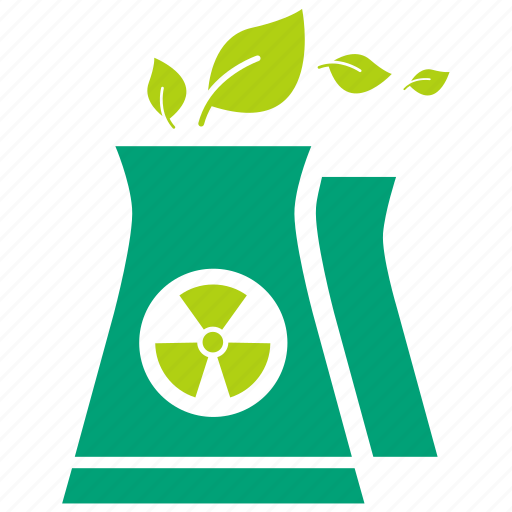

There were several things that changed since winter storm Yuri.
-Many fuel providers stopped being cheap and added heat trace to equipment so it doesn’t freeze (a legal requirement the Texas removed years ago. And of course only work if it has power).
-ERCOT established a list of how much fuel is being produced behind each meter. So next time they start shutting off power to “low priority” industrial sector, they don’t accidentally shut off their entire fuel supply …again…
-Data Centers, cryptominers and other massive power sinks are often part of demand management programs. A data center gets paid $$ for every watt they are willing to give up in an emergency.
There are various programs that offer different levels of notice; 24hr, 12hr, 1hr, 15min, no notice. The less notice the better the pay.
Major cryptominers love it; they get paid hundreds of thousands of $$ just to agree to the contract. And if a year goes by and ERCOT only shuts them off once for 15 minutes, then they still get the money. And for every min they are shut off, they get even more $$.
For some industries, a power interruption is costly. For cryptominers it is a minor inconvenience.
Not a fan with how short sighted things still are here, but there are some programs in place now.
Source: Am electrical engineer in the Texas industrial sector.














Ready Player One